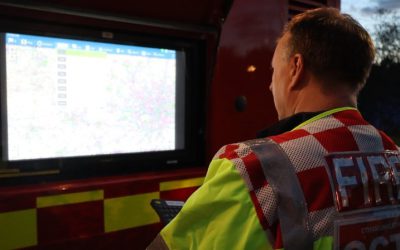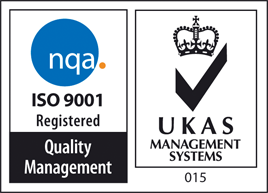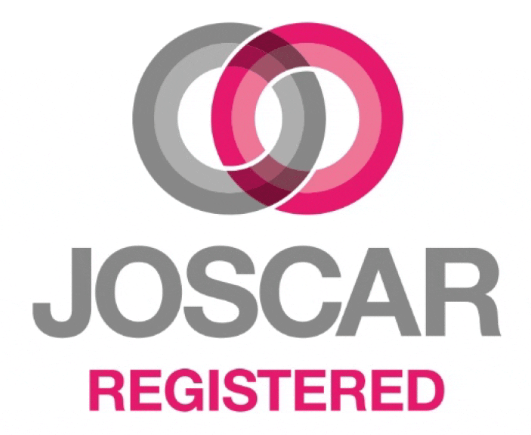Concept Contribute to Key Fire Safety Standards at International Aircraft Systems Meeting in Germany
Cologne, Germany, Trevor Dunnington, Technical Director at Concept Smoke Systems, played a central role in shaping international standards for smoke generation at the International Aircraft Systems Fire Protection Working Group Meeting, hosted by the European Union Aviation Safety Agency (EASA) in Cologne.
Held biannually, this globally respected working group brings together leading authorities in aircraft fire safety, including the FAA, EASA, NASA, Boeing, Airbus, and industry innovators like Concept Smoke Systems. Its aim is to foster international collaboration on the development and harmonization of testing methods and equipment used in aircraft fire protection research and certification.
A major focus of the May 2017 meeting was the ongoing effort to standardise smoke generators used in cargo compartment smoke detection testing. Consistency in smoke output—particularly in terms of particle size, composition, obscuration levels, and dispersal patterns—is critical to ensuring that aircraft smoke detection systems are evaluated fairly and effectively. The goal is to establish repeatable and representative testing conditions that simulate real smoke events as closely as possible.
Trevor Dunnington’s presentation and technical insight highlighted Concept’s long-standing expertise in aerosol generation and introduced the Aviator UL smoke system, a compact and highly controllable smoke generator originally developed for Bombardier and later used by the FAA. The Aviator UL system is specifically engineered to produce a refined and stable smoke output, ideal for applications requiring low concentration levels and high repeatability, such as detector calibration and certification trials.
“Smoke generation may sound simple but in the context of aircraft safety testing, it’s absolutely vital that we understand and control the physical properties of that smoke. The wrong particle size or oil type can completely invalidate a test.”
The working group recognised the importance of moving toward standardised smoke generation protocols, and Concept’s input helped to reinforce the value of a reliable, validated platform like the Aviator UL—already widely used in FAA test scenarios and praised for its ability to deliver food-grade, thermally buoyant oil-based aerosol with precision.
Beyond the technical aspects, the meeting also reinforced the need for cross-agency cooperation and the alignment of testing methodology between global aviation safety bodies. Discussions during the session set the stage for future regulatory guidance and may influence certification procedures for smoke detection systems in aircraft cargo holds for years to come.
Concept’s continued participation reflects the continued commitment to safety, innovation, and global collaboration in aviation.
Watch here:
Equipment used:






